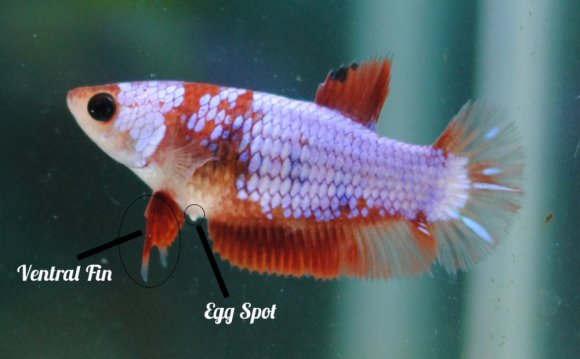
Because of its fascinating colors and beautiful elongated fins, Betta fish are among the most popular species found in aquariums. These fish can be colored in different colors: blue, white or red. The females, colors are less bright, and the fins are shorter.
Scientific name: Betta splendens
Family: Belontiidae
Origin: Cambodia, Thailand
Size: 7 cm
Water pH: 6.8 – 7.4
Temperature: 24-30 degrees Celsius
Males can not be kept together
Lifespan 2-3 years

Habitat and care
It is a colorful and popular species, but also controversial. Many people say they are not made to be kept in small aquariums, but to understand what the real needs of these fish are; you must first get to know their natural habitat.
The waters of origination of the Betta fish are the of Thailand, Indonesia, Malaysia, Vietnam and China. They reproduce in rice fields or in shallow water. Although many aquarists are aware that they are wrong about the water temperature the truth is that the fish come from tropical countries, which means that water should be warm enough. Betta feels good in a worm environment and becomes distracted and disoriented if the water temperature drops below 23 degrees Celsius. If you keep your fish in a fish bowl, you can not control the water temperature.
Having a special respiratory organ the Betta splendens are allowed to breathe at the surface. It needs warm water with neutral pH. Filters and water pumps are not recommended. They can be kept with other fish only if these conditions are met and if there are no other fighter fish in the aquarium. There should never be keept two males in the same aquarium. Instead, females are not aggressive.
In nature, Betta fish feed on insects and larvae. You might want to give them live food, but you can get used with flakes or frozen food. The best options are: larvae, plankton, Tubifex, worms and daphnia.
Reproduction
Betta fish do not live long. The best is that multiplication be done before the age of one year. Not need special equipment. It’s good to give them live food and to have their water have at least 26 degrees Celsius and a pH of 7.0 before they start breeding. During this period, males can become aggressive towards females, so it’s better to provide them with a place to hide. Even so, the female can be injured. When you are ready to breed, the female and male will take a more intense color and begin to swim in circles around each other. The female will lay eggs and the male will fertilizes them; collect them and take care of them. It’s good to remove the female from the aquarium because the male will become aggressive again. In a day or two, the eggs hatch, and after two days the male should be removed from the aquarium, not to eat the fry.









